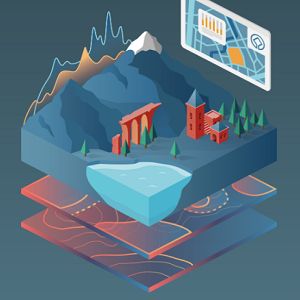World Heritage Site Map
The United Nations Education, Scientific and Cultural Organization (UNESCO) was founded in 1945 as a branch of the United Nations Organization. It aims at promoting world peace and security through international cooperation in education, arts, sciences, and culture. To that end, they translate and share world literature, establish and protect World Heritage sites, work to bridge the global digital divide, and promote global education. The most well-known part of their work is the naming and administration of World Heritage Sites.
Though the Organization does not offer specific educational resources, it does feature a few resources which educators might find useful. One of these tools is the World Heritage Interactive Map in which all of UNESCO’s World Heritage sites are represented by a single point. The points are color-coded by conservation status and can be filtered by properties, country, region, keyword, year listed, cultural criteria, category, etc. The points can also be searched. Each point, when clicked, can take users to a page for that site. These pages (available in several languages) include a description, pictures, related news, videos, conservation reports, related documents such as Organization decrees and reports, reported threats to the site, and records of the efforts to conserve the site. Some sites also include longer descriptions of their “Outstanding Universal Value,” a brief history, statements as to its authenticity and the justification for its World Heritage status, and related projects which link the site with others. The map is also available here, though the points here do not lead to the information sheets.
Though the map is not built specifically for educators, it may still be useful for those who wish to teach their students about World Heritage sites, United Nations works, archaeology, geography, architecture, cultural heritage, material culture, the environment, climate change, and more. The information sheets might be helpful in getting students to research their own sites, propose sites they think should be added to the list. Additionally, the site might be useful for educators wishing to get background on any of these sites or the cultures to which they belong.
